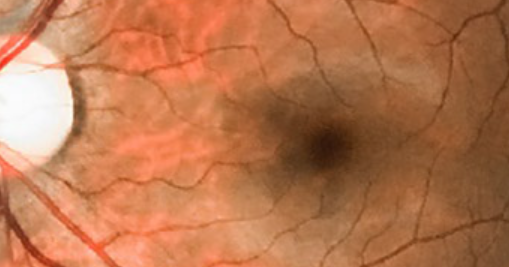Electroneurography of Right Median and Ulnar Nerves in Diabetic Patients With and Without Retinopathy
DOI:
https://doi.org/10.17305/bjbms.2007.3050Keywords:
diabetic neuropathy, diabetic retinopathy, n.medianus, n.ulnaris, motoric and sensory velocityAbstract
In this study we examined motor and sensory conduction velocities in right median and ulnar nerves in diabetic patients. Control group consisted of 25 healthy volunteers (13 males) with average age of 52 years. The first examined group consisted of 25 diabetic patients (13 males) without retinal changes, 59,6 years old on average, and the second group consisted of 40 patients (15 males) 59,4 years old on average: 22 of them with type 1, and 18 with type 2 retinal changes. The motor and sensory conduction velocities in right median nerve in the control group were significantly higher than those measured in the first group (p<0,0005 for motor, and p=0,0027 for sensory velocity), and the second group (p<0,0001 for motor, and p=0,0001 for sensory velocity). Significantly higher conduction velocities in sensory median nerve were compared between the examined groups (p<0,001), but motor conduction velocity was not significantly higher (p=0,09). The motor conduction velocity in ulnar nerve in the control group was significantly higher in comparison with the patients of first (p=0,0027) and second examined group (p=0,0001). The sensory conduction velocity in ulnar nerve was not significantly higher compared with the first (p=0,081), and significantly higher compared with the second examined group (p<0,0001). The sensory conduction velocity of ulnar nerve was significantly higher (p=0,019) in diabetic patients without retinopathy compared with patients with retinopathy.
Diabetic patients with retinal changes have higher risk of developing more severe neurophysiologic signs of neuropathy. So, simple observation with ophthalmoscope may be useful diagnostic tool in its determination and may be the target of further therapeutic strategy.
Citations
Downloads

Downloads
Published
Issue
Section
Categories
License
Copyright (c) 2018 Bosnian Journal of Basic Medical Sciences

This work is licensed under a Creative Commons Attribution 4.0 International License.
How to Cite
Accepted 2018-01-24
Published 2007-08-20









